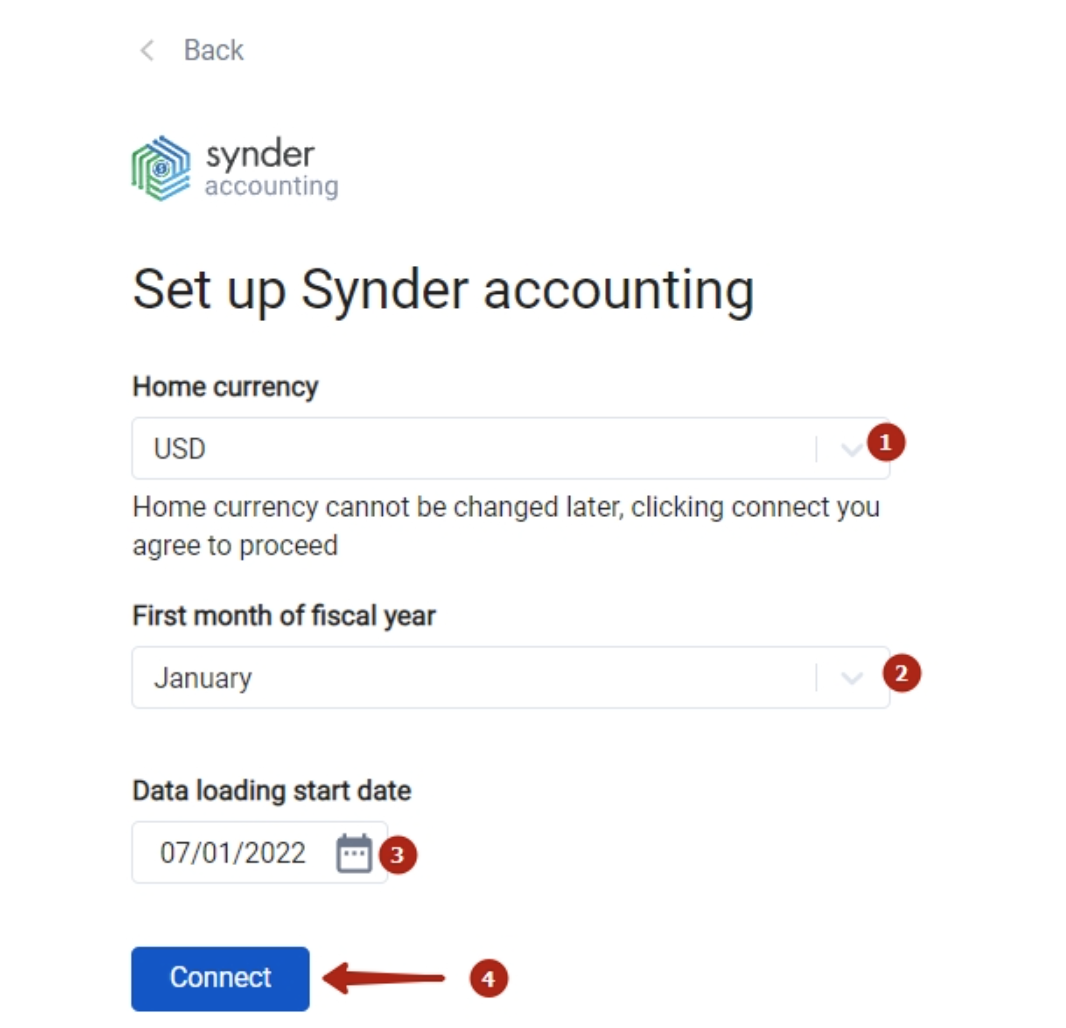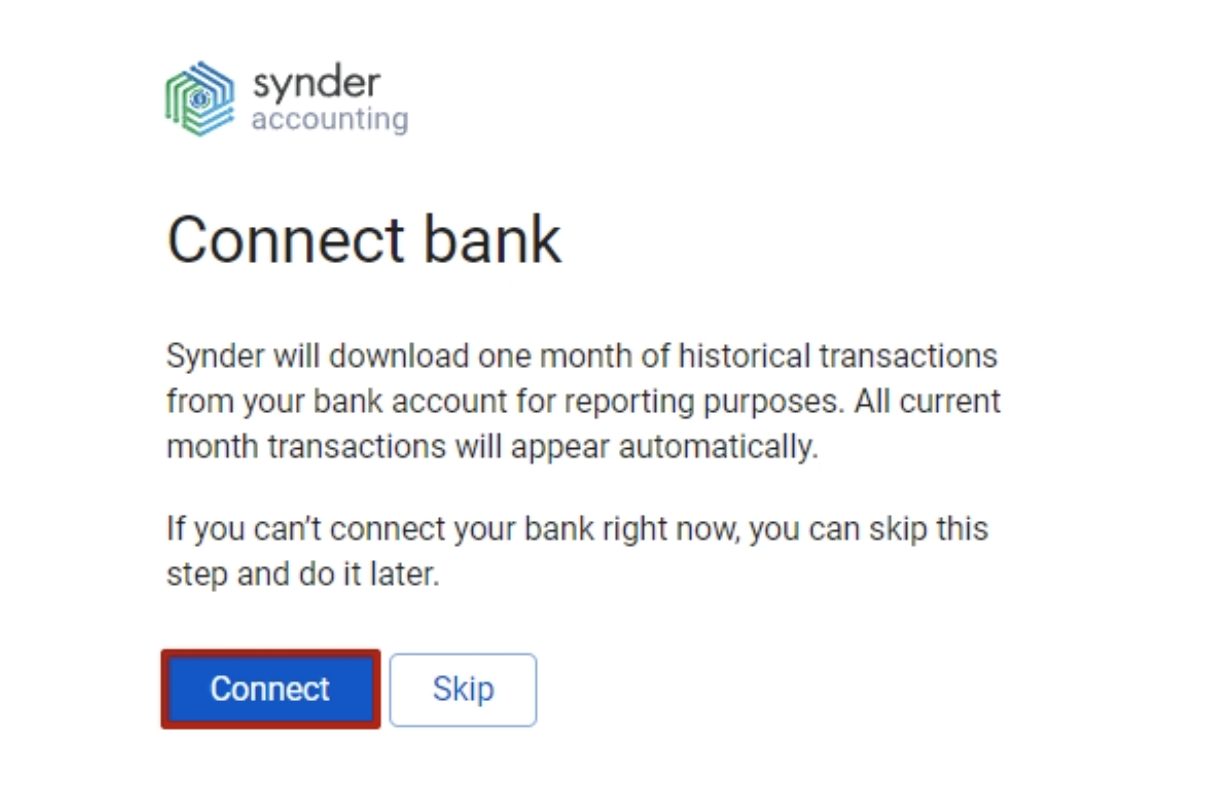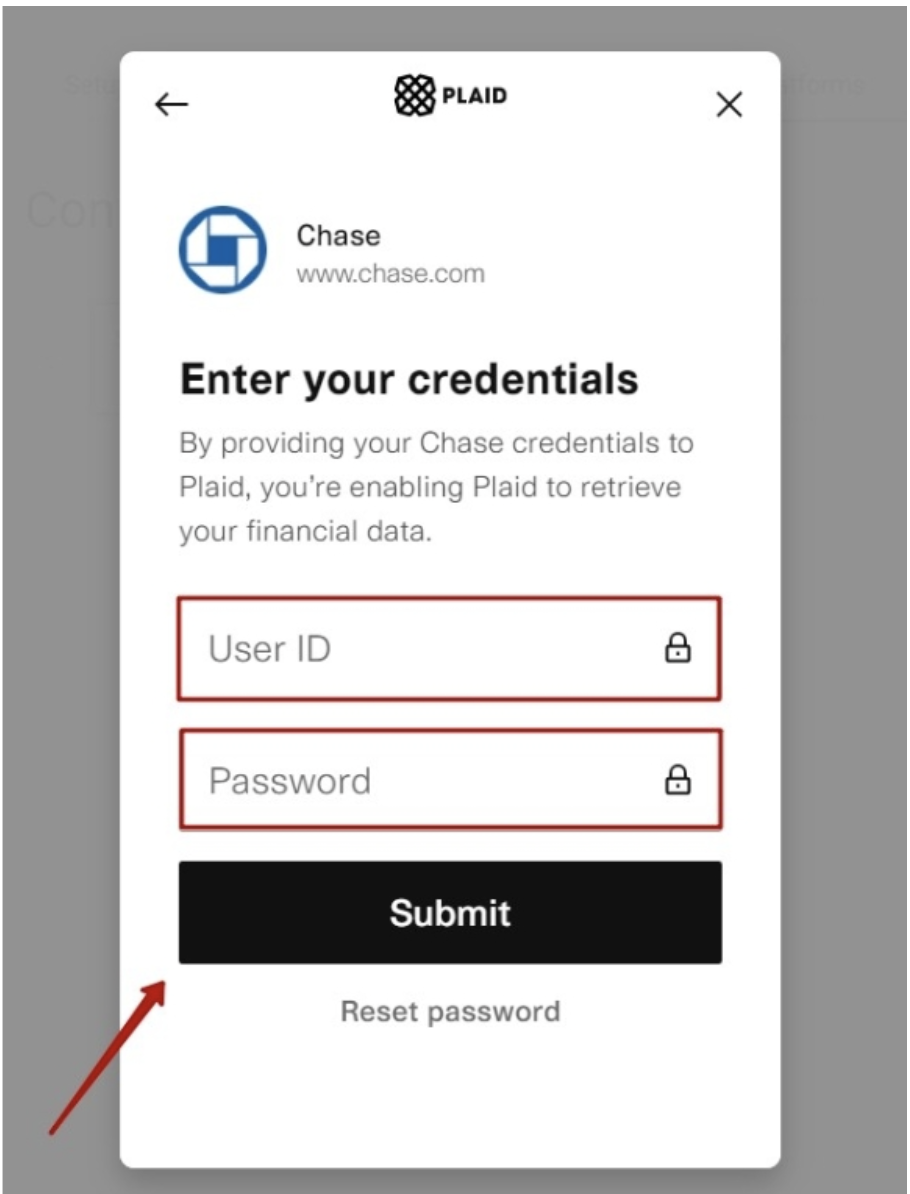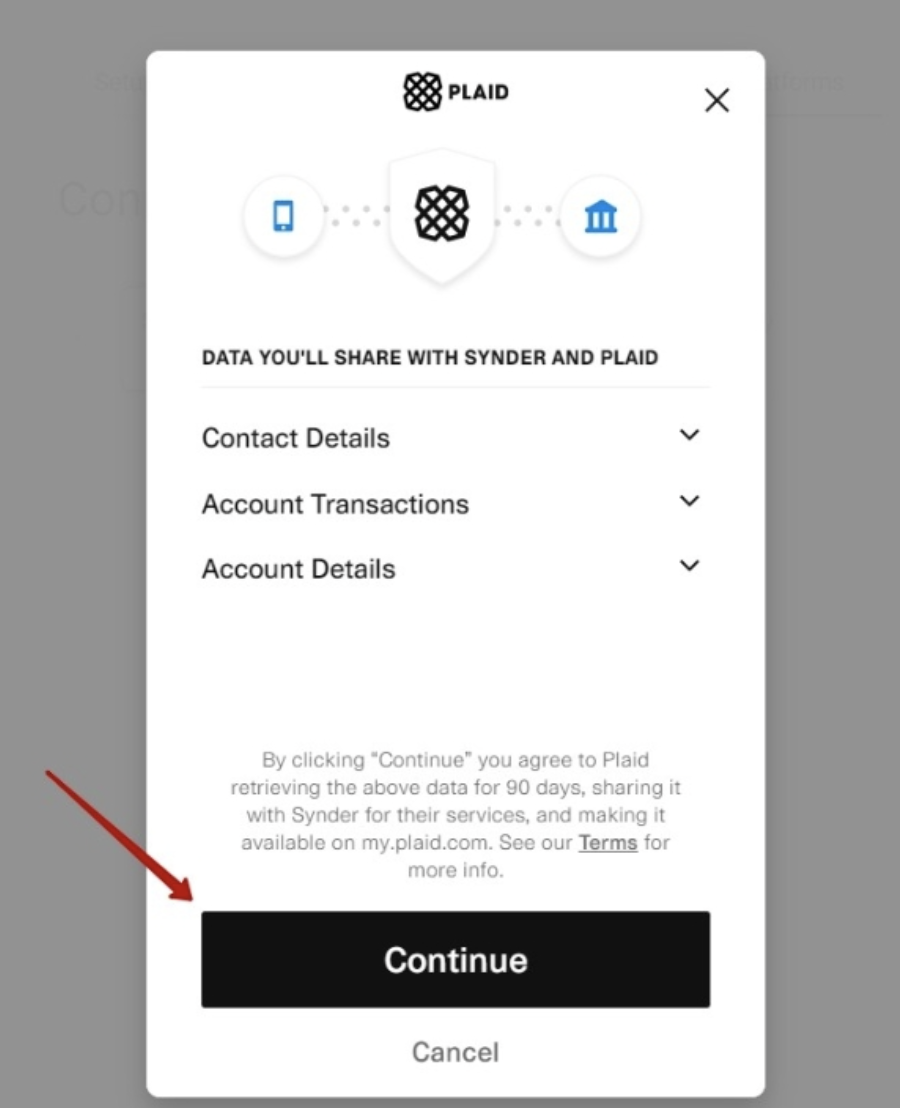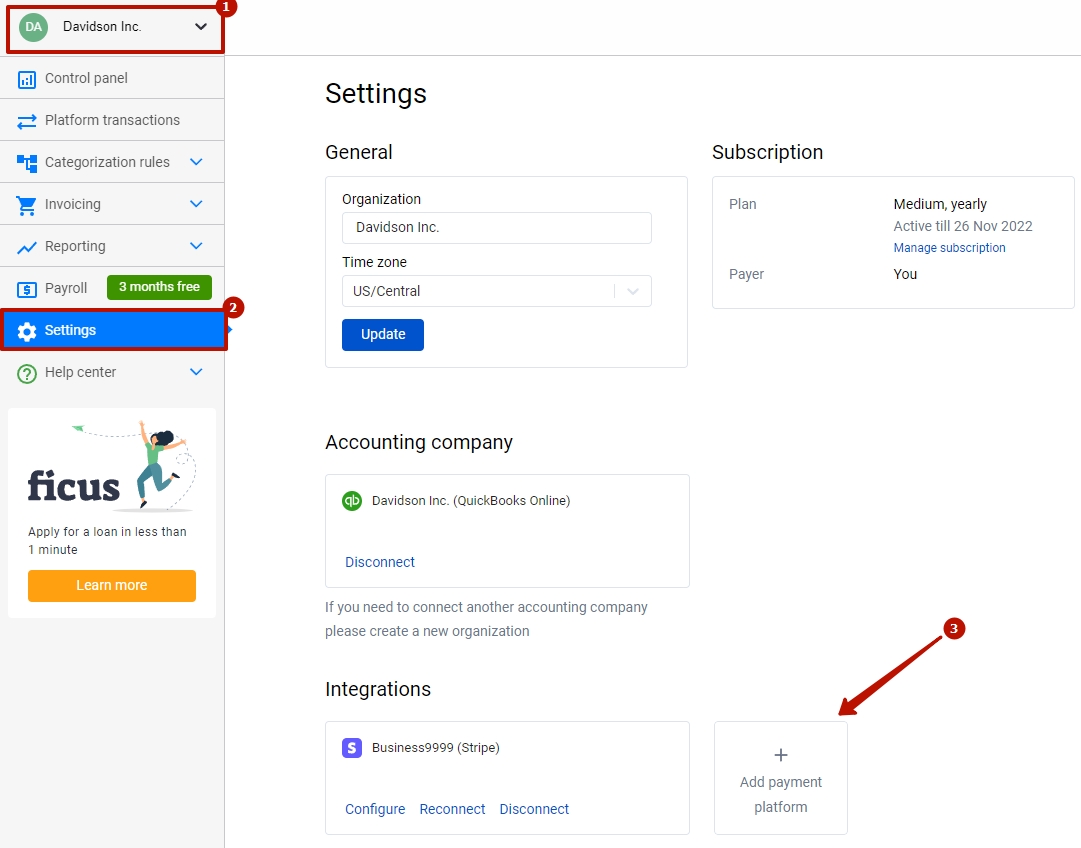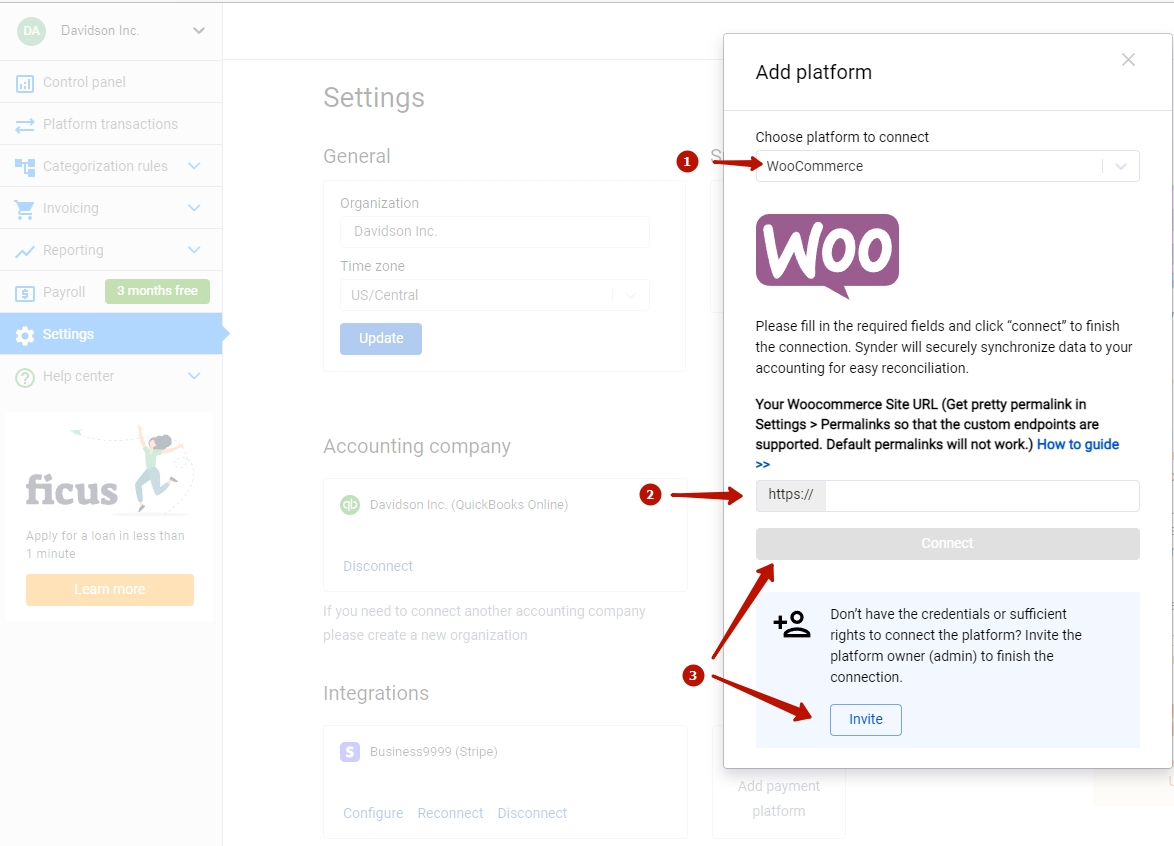Overwhelmed with sales data and wish there was an easy and reliable way to deal with your WooCommerce accounting? If you were looking for a quick and secure automatic solution to transfer your WooCommerce payments, the corresponding WooCommerse fees and WooCommerce taxes into your Synder accounting, QuickBooks or Xero company, then search no more! Synder will handle this for you, preparing your books for one-click reconciliation in QuickBooks or Xero (learn more about our automatic bank reconciliation feature for Xero in this article). Synder also allows multi-currency accounting for your WooCommerce payments and inventory tracking in Synder accounting, QuickBooks or Xero and categorizing the synced data automatically to keep your books up-to-date and accurate.
Great news, isn’t it? Let’s learn how to connect WooCommerce to Synder accounting, QuickBooks or Xero with the help of Synder.
Overview:
Important Note: in order to provide quick reconciliation, Synder needs ALL the supported payment gateways connected in addition to your e-commerce (e.g. Stripe, PayPal, Square).
Start the WooCommerce integration from scratch
1. Create an account
If you’re getting started with Synder you’ll need to create a free Trial account and connect your accounting system first. Check out this guide if you would like to integrate WooCommerce with Synder accounting, QuickBooks Online or Xero and this article to connect your QuickBooks Desktop company.
2. Select the product(s) you are going to use:
- Synder Sync;
- Business Insights;
- Or both of them for perfect control of your business.
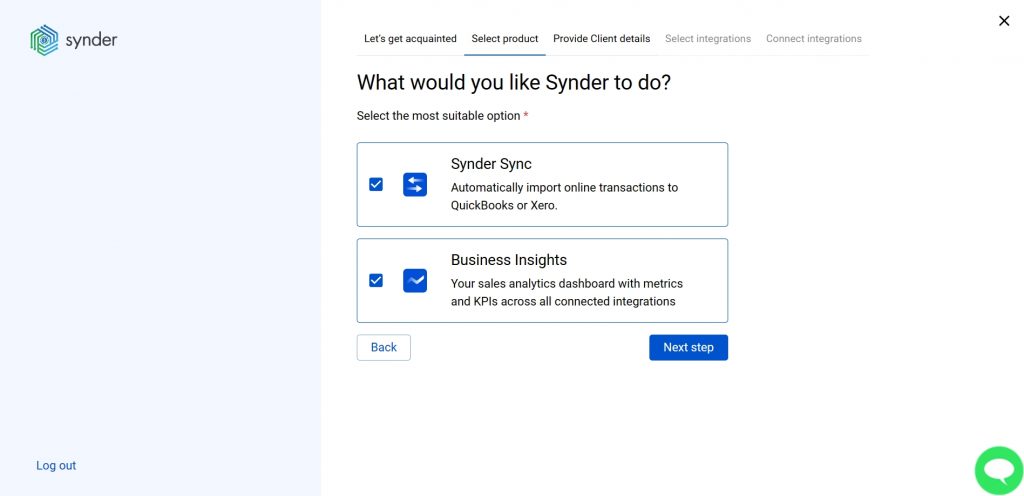
Synder Sync: choose this product to push all of your transaction data from all sales channels into QuickBooks Online, QuickBooks Desktop, Xero, or Synder Books – our native accounting solution.
Business Insights: this Synder product lets you see how your business is doing. It aggregates data across all of your connected sales channels and payment gateways and provides you with timely insights into your products’ performance and your customer behaviors, as well as financial health indicators such as total sales, average order value, etc. The data is updated every hour!
3. Provide your business details
Going through the set-up process of an Organization for your QuickBooks/Xero company or Synder Books – just fill in the information about your business and hit the Next step button.

4. Select the platforms you would like to integrate
Now you need to select the platforms you would like to connect to Synder. Select WooCommerce and other sales platforms you would like to integrate with Synder (click View all processors to see the list of all available platforms).
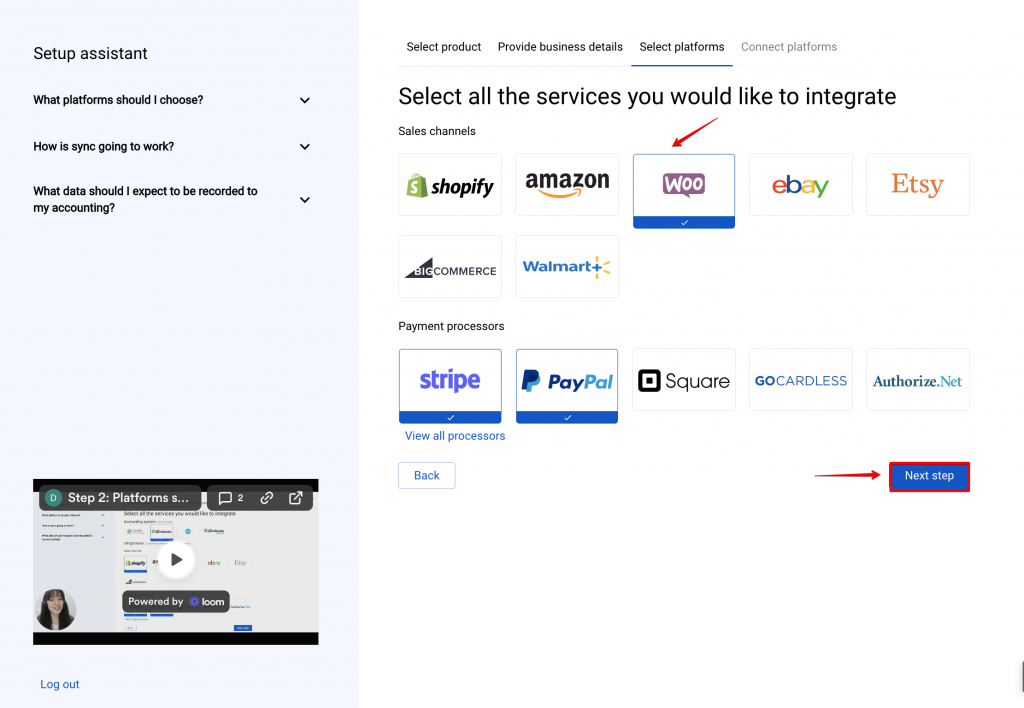
Note: Select all the services you are using to receive payments. You will be able to connect all of them right away or skip the connection of particular integrations and set them up any time later.
5. Select and connect your accounting platform
Select your Synder accounting, QuickBooks Online or Xero company by clicking on the Connect button and grant permission to the software to record data in your accounting company.
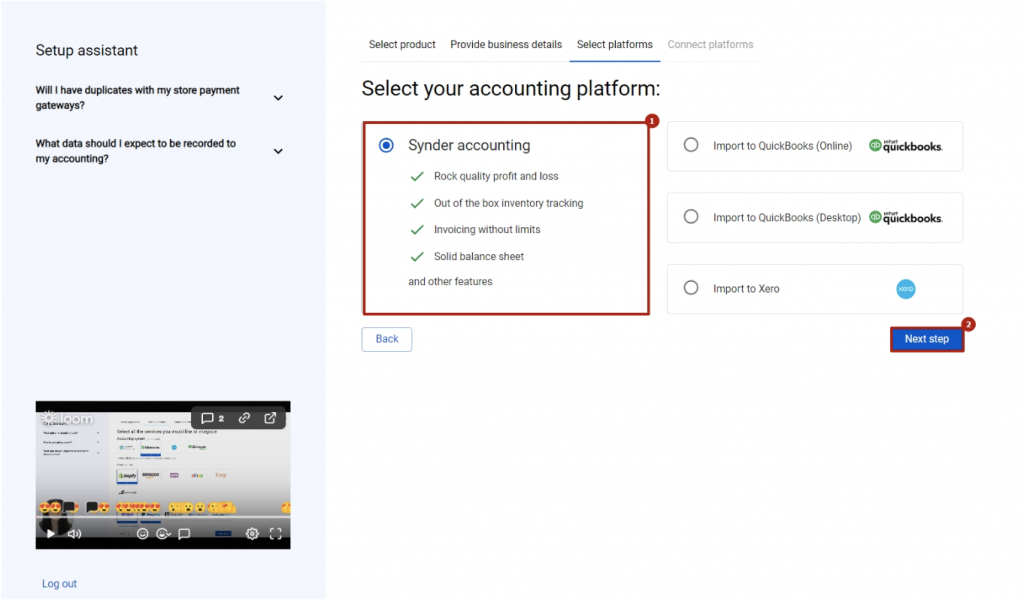
Note 1: if you are a QuickBooks Desktop user, check out this video tutorial to learn How to connect and sync data into QuickBooks Desktop.
Note 2: check out this guide if you would like to integrate QuickBooks Online or Xero.
If you’re going to connect Synder Books, follow the steps on the screen to grant permission to the system.
6. Connect your WooCommerce store
Almost there! To complete the setup you just need to connect your WooCommerce and other sales platforms, if any, to Synder. Select WooCommerce and specify the permalink to the store. Please note that you’ll need to get the ‘pretty’ permalink in your WooCommerce Settings → Permalinks:
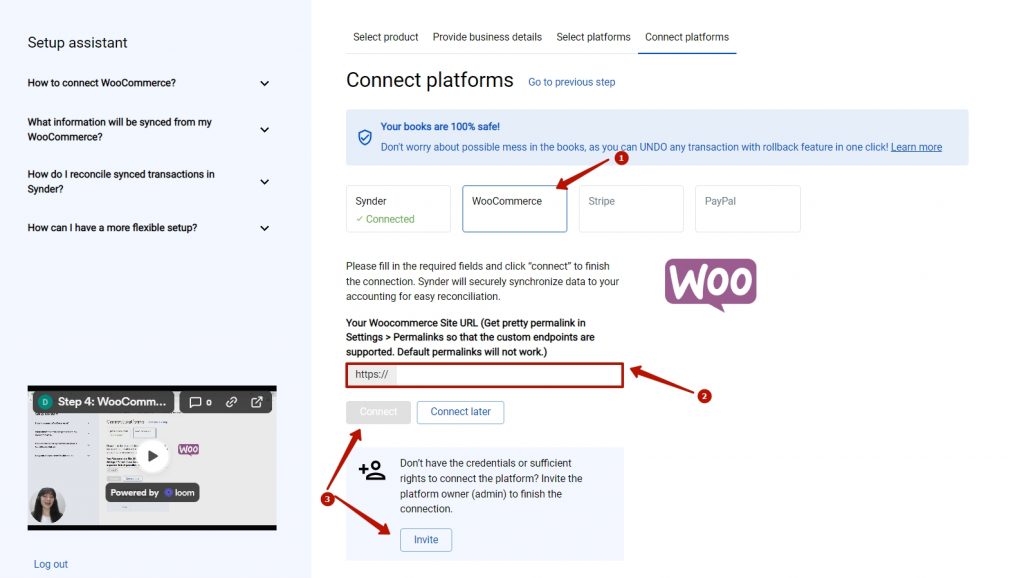
Once you click Connect, you’ll be taken to your WooCommerce store where you’ll need to grant permissions for Synder to communicate with it. Click Approve, and you’ll be redirected back to Synder and have the chance to tweak your configuration before you’re done:
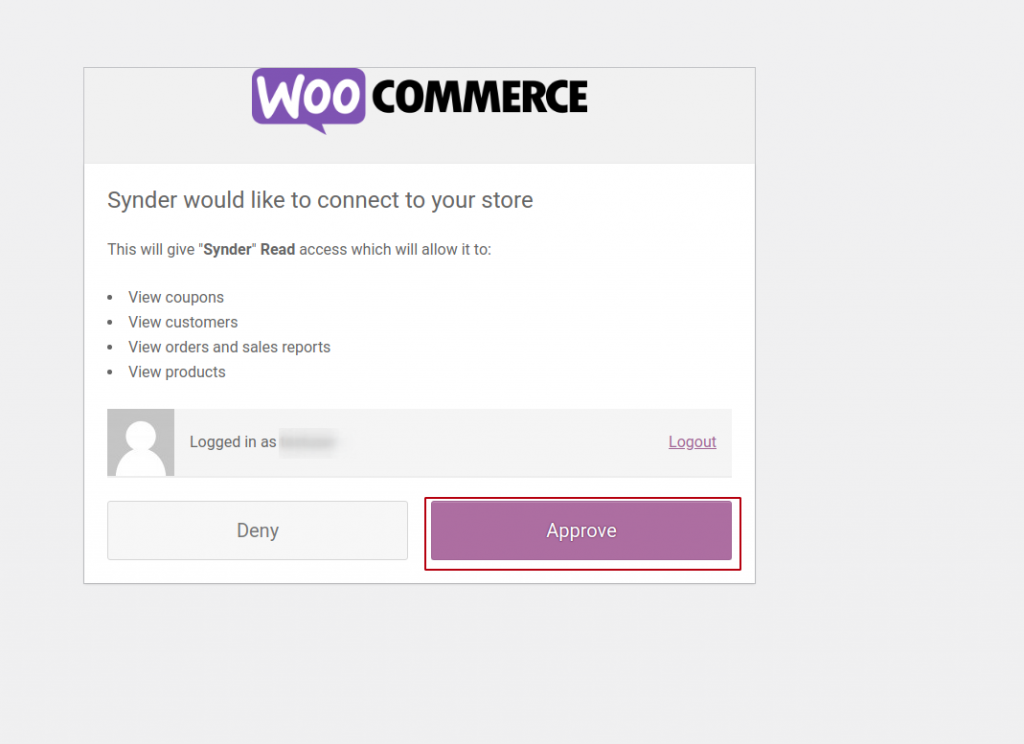
Alternatively, you can skip the connection and set sales platforms up later in the Settings: tap the Gear button on the left side menu → hit the Add payment platform button.
Note: You can find our detailed guides on how to connect your sales channels and payment providers to Synder accounting, QuickBooks/Xero via Synder in our Help center.
7. Set up the WooCommerce integration
To complete the setup for the WooCommerce integration choose an account for payouts (usually, your Checking account) that will allow smooth reconciliation of your WooCommerce payments in one click. Hit Continue to finish the configuration.
Connect WooCommerce to an already existing account
If you already have a Synder account and would like to integrate one more WooCommerce store follow the steps below:
1. Select Organization needed at the top left.
2. Go to Settings on the left menu.
3. Click on the Add payment platform button – > select WooCommerce in the dropdown – > enter the permalink – > hit the Connect button.
4. To complete the setup for the WooCommerce integration choose an account for payouts (usually, your Checking account) that will allow smooth reconciliation of your WooCommerce payments in one click. Hit Continue to finish the configuration.
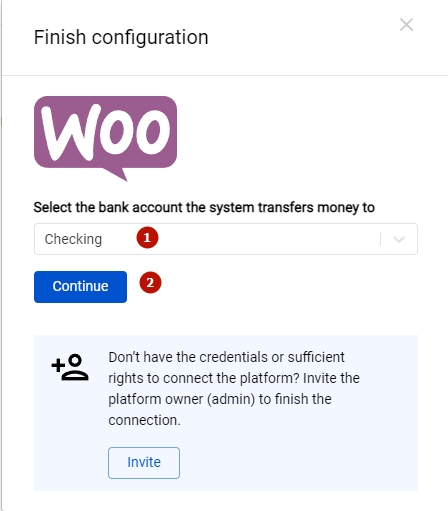
Tips and tricks on the WooCommerce integration
Note 1: If you accept payments for WooCommerce orders via alternative payment platforms, e.g. Stripe, PayPal, Square, it is strongly recommended to connect all payment providers to Synder in order to get flawless and automated records of sales, fees, refunds, and payouts from those payment platforms with additional information provided by WooCommerce orders.
Note 2: If you connect only WooCommerce with no other payment providers to Synder (e.g. your WooCommerce store accepts payments via payment gateways that Synder does not have direct integrations with), there are a few limitations brought upon by WooCommerce API (API is like a language apps use to talk with each other) that you need to be aware of. Check out this guide for more details on the WooCommerce integration when no other channels are connected.
Note 3: If you get paid via WooCommerce Payments provider you only need to connect WooCommerce to your accounting software with Synder to record all the transaction details automatically.
Note 4: Some WooCommerce store domains have subfolders, and if you use a site URL containing a subfolder, you will receive a 404 error. To avoid this, make sure you use only the WooCommerce site URL and erase any subfolder details for the connection. Learn more How to fix 404 errors while connecting WooCommerce.
Note 5: If your WooCommerce store accepts payments via different channels and they are already connected, but not all WooCommerce order details are fetched by Synder, then the problem may root in the inability of Synder to reach your WooCommerce store. In order to fix this, you need to allow WooCommerce to respond to Synder with details.
Bravo, you have set up the integration between WooCommerce and Synder and can perform perfect WooCommerce accounting! If you feel like some adjustments are necessary, you can manage that in Synder settings. Open them on the left menu → hit the Configure button under your WooCommerce platform. If you need to fill in gaps with missing data after the sync into QuickBooks Online, like applying classes or locations to transactions, the Smart Rules feature will be of great service. Now, you can customize Synder according to your needs.
Get in touch with the Synder team via online chat, phone, or email with any questions you might have so far – we are always happy to help you!
